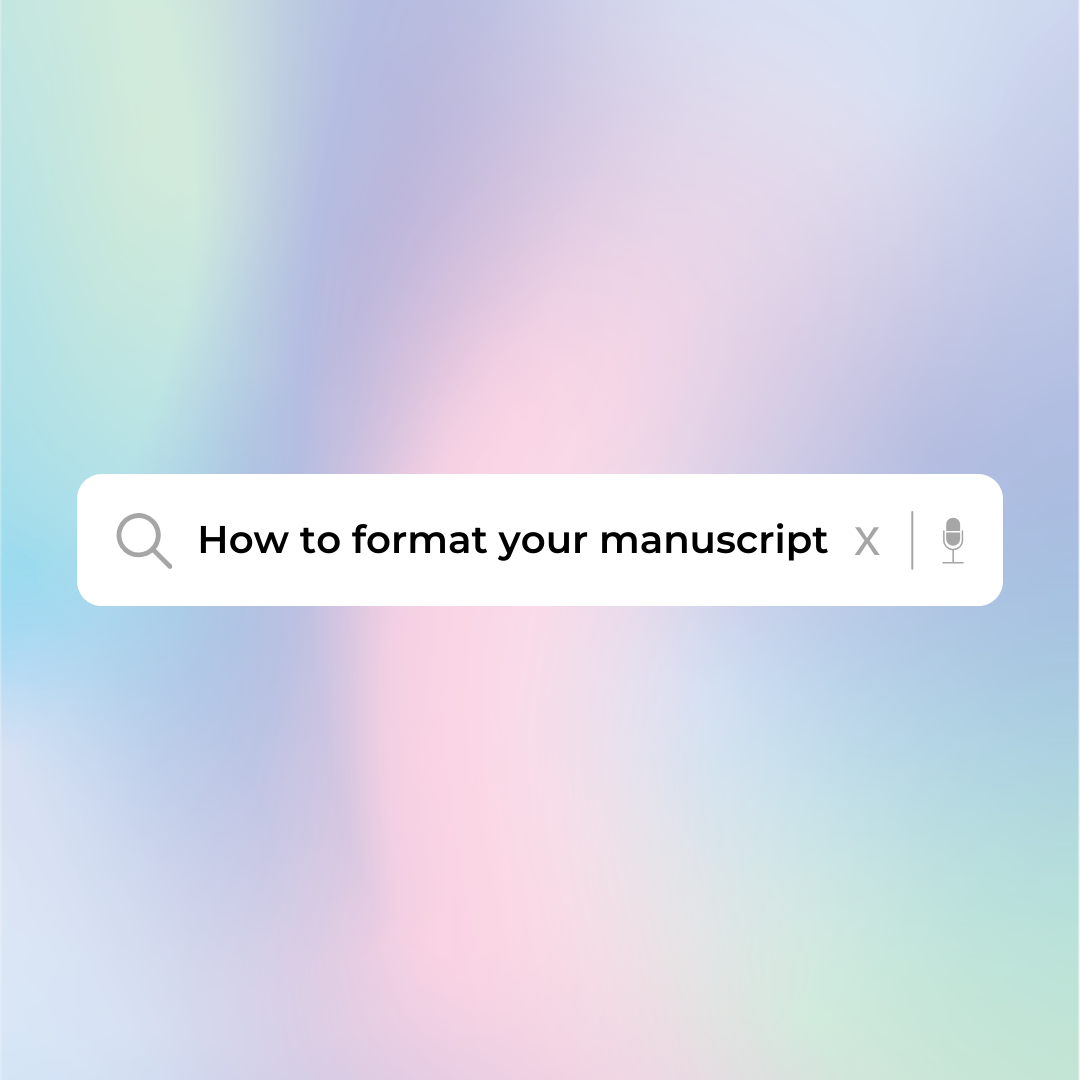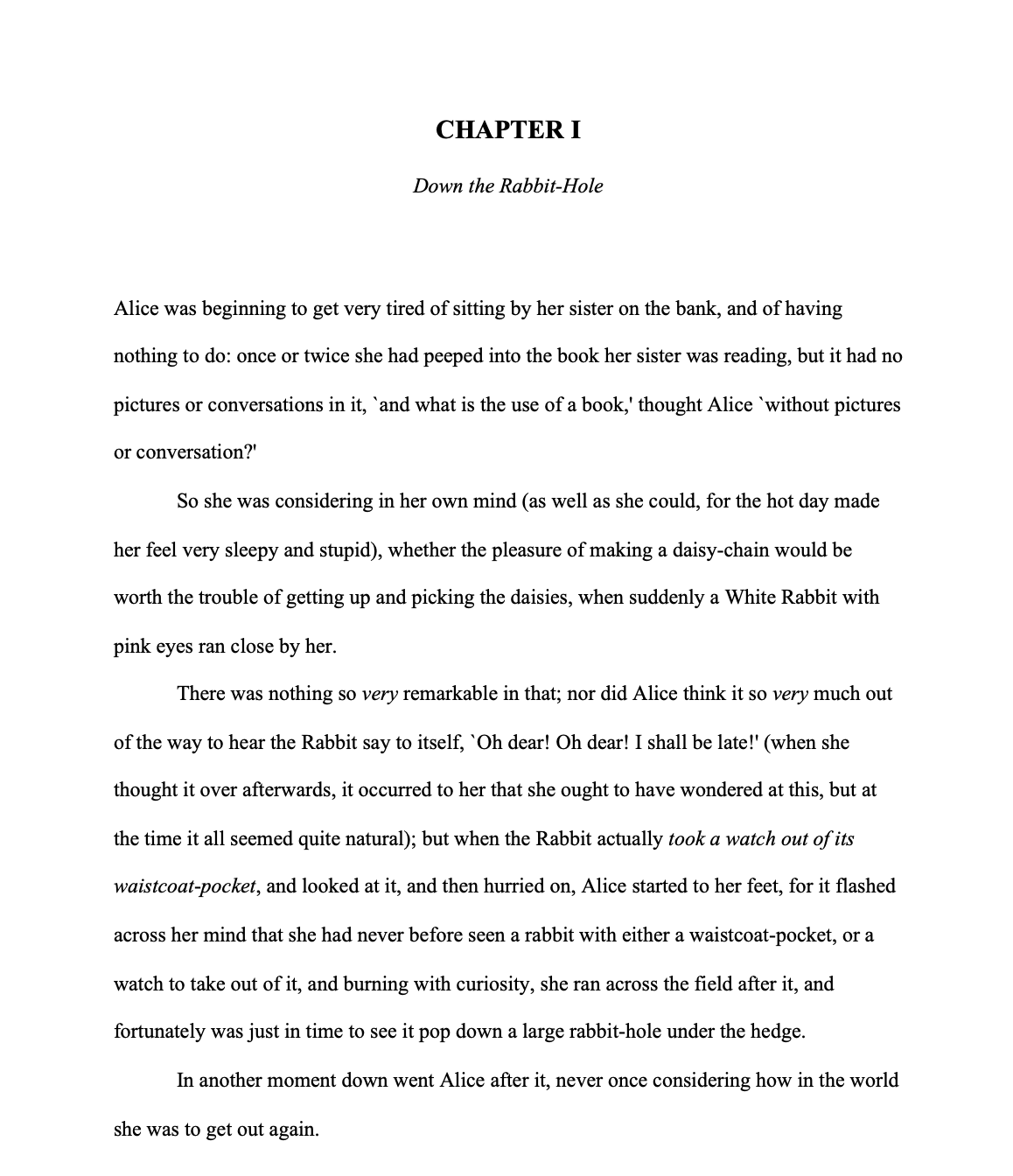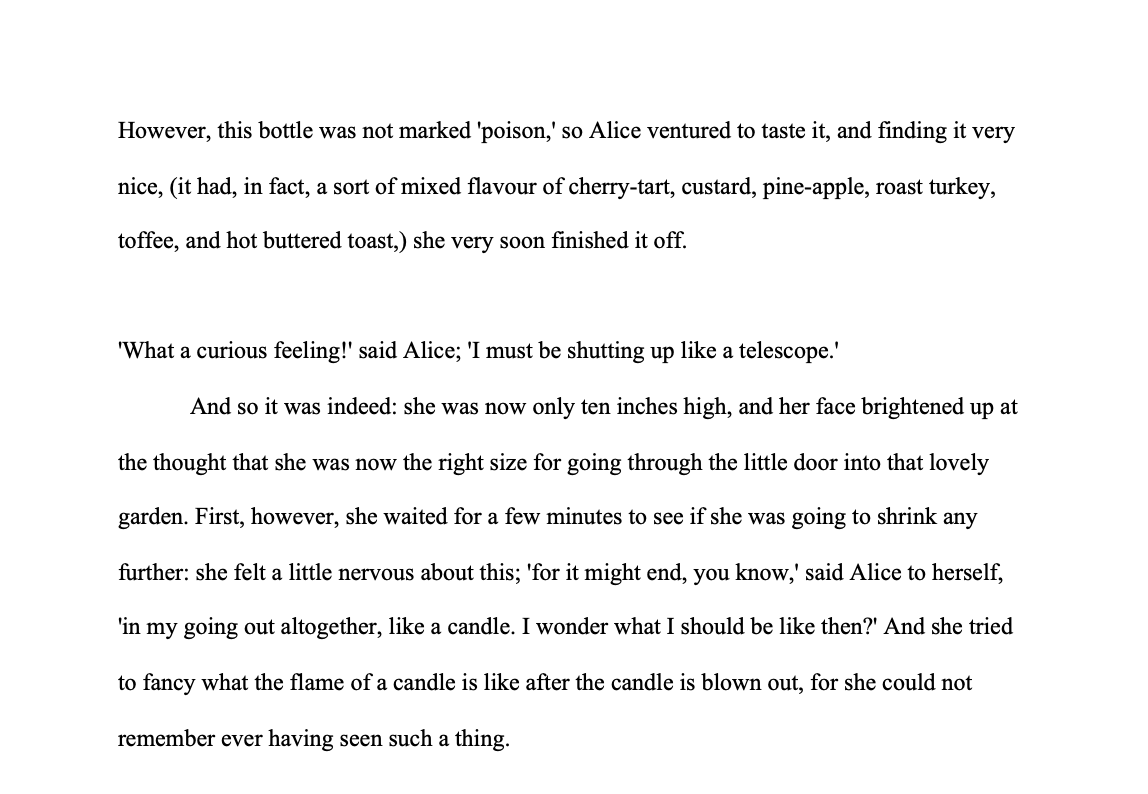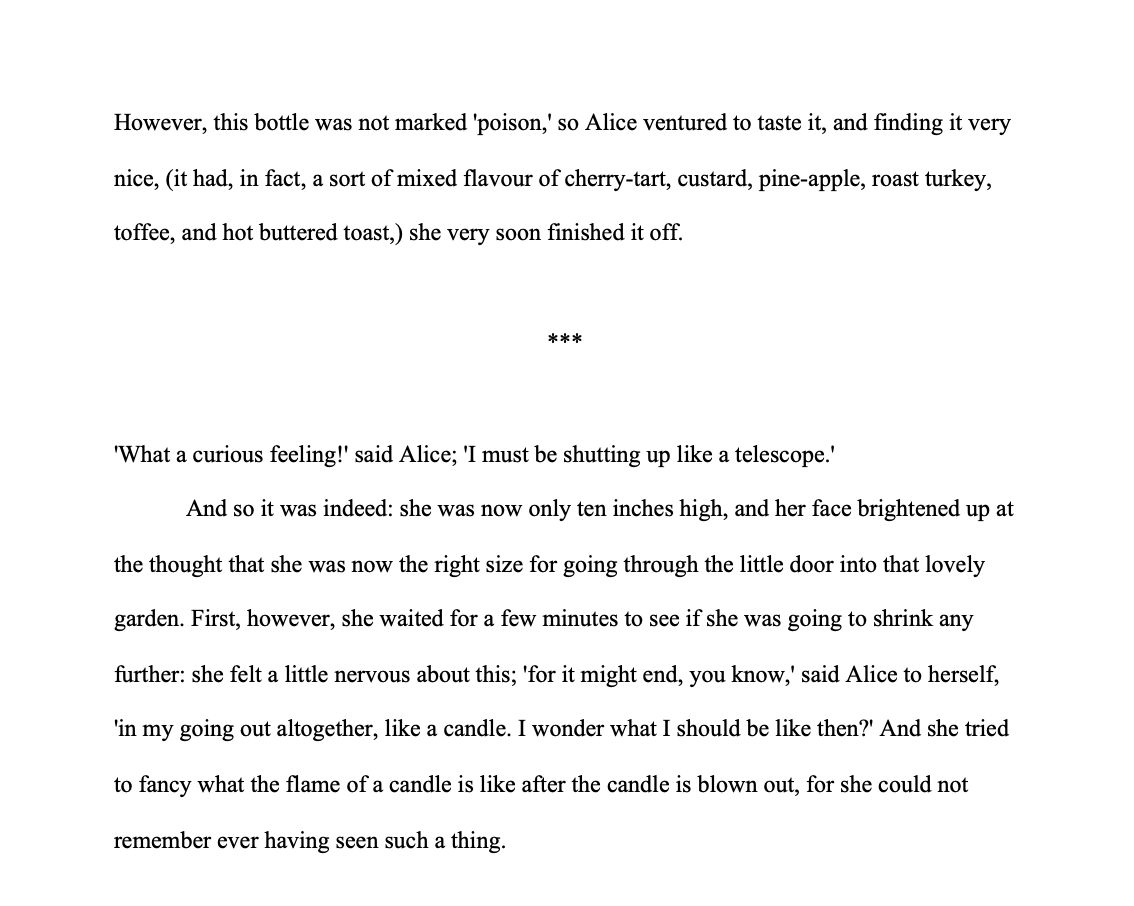How to format your manuscript
While editors can review your manuscript in any state, it's important to know how to format your writing properly to get the most out of your editorial review.

Important note
While the guidelines outlined in this post are commonly accepted by editors and agents alike, always check whether the literary agent or publishing house you are submitting to requests specific formatting guidelines for submissions!
Why format your manuscript?
It's hard to overcome a first impression; as people, we're often quick to judge and prone to making snap decisions within seconds. The same theory applies to books, too. While formatting your manuscript won't alter its contents, it will help to showcase the amount of time and effort you've taken writing it at first glance.
Page design and layout can help to keep readers engaged. And, whether you're planning to query agents or pursue self-publishing, how to format your manuscript is something you'll likely need to know at some point throughout the process. In fact, many literary agents and publishers that accept unsolicited (i.e., un-agented) submissions won't review manuscripts that haven't been formatted at all.
So, to take advantage of your editorial reviews, why not format your manuscript for your editor to check?
Basic formatting guidelines
The industry standard for manuscript formatting (that is, what is commonly expected by literary agents and publishers) requires that your manuscript is as follows:
- In a 12-point standard font (such as Times New Roman, Cambria, Ariel, etc.)
- Double-spaced (click here for Microsoft's guide)
- No spaces between paragraphs (click here for Microsoft's guide)
- Page numbered (click here for Microsoft's guide)
- In an attached Word document if you are submitting online
Examples
Below is a screenshot of what a correctly formatted manuscript in Word could look like.

More formatting
Beyond the basics of formatting comes additional guidelines. Keep reading for more information on additional formatting rules to take into account.
Indenting
Line indenting can be tricky to wrap your head around at first but it's simple when you understand the rules. Nine times out of ten, the following guidelines should be taken into account when formatting fiction manuscripts.
- The first line of each chapter and new sections should not be indented
- All paragraphs that follow the first paragraph of a chapter or new section should be indented
New paragraphs should follow from the previous in the line directly below, using an indent to show that they are a new paragraph (as was in the example above).
New sections in the same chapter should be denoted by a larger space between the paragraphs or a 'dinkus.'
Paragraph spacing (and the dinkus!)
You can introduce new sections in the same chapter. New sections should come whenever the story has jumped in time or location – or if the narrative is switching to focus on another character or POV narrator.
To show a new section in your manuscript, insert a larger space between the paragraphs. As mentioned above, the first paragraph of each new section should not be indented.
Take a look at the example below:

Alternatively, you can choose to include a 'dinkus' to help show that the story's narrative has jumped in some way.
While a dinkus can be anything (many published books use illustrated details that help to personalise their story) for your manuscript, you may choose to use some simple asterisks, as shown in the example below.

And that's it!
While manuscript formatting is generally done by the writer, there are many services available online to make this process easier but, hopefully, this post has helped.


0 Comments Add a Comment?